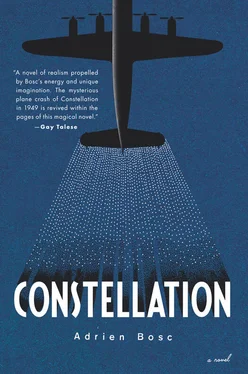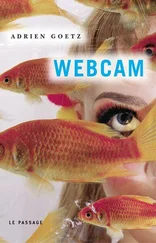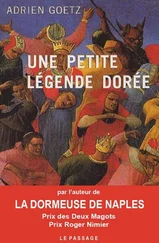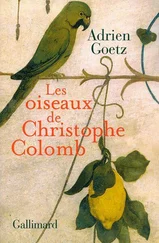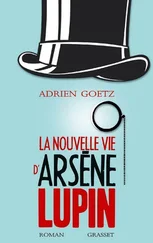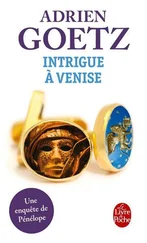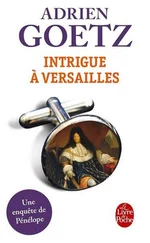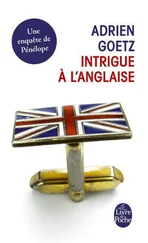In Horta, on the island of Faial, there is a bar where sailors from all over the world congregate and leave messages, telegrams, bits of paper pinned to a wooden notice board that extends around the counter. This place, a waiting room for sailors of the Atlantic, an improvised post office, is called Peter’s Bar. Legend has it that Casablanca was filmed here, that Louis Armstrong sang “As Time Goes By” at the back of the room. I believe it. The words affixed to the board await their addressees, urgency is beside the point, they will find takers or become dead letters. I remember a family story. My uncle, who was called up to serve in Algeria, and my father, a student in Paris, corresponded all through the war. The sole message contained in their letters was the position of the pieces in a chess game that they played by correspondence over the course of two years. I don’t know who won, and I don’t really care. Peter’s Bar stands out at night in Horta like a beacon, and you sit there and get hammered until you see the sun at the bottom of your glass. You drink your sorrows, you share those of your neighbor, you repair friendships dinged by a long crossing. In this refuge, each shipwrecked soul seeks out, and finds, the memory of his sorrow, and drinks beyond reason the wages of his regrets. While there, I drank the arenas of Granada, a lost garden in the middle of the Alhambra, a canopy bed with a wooden screen in Albayzín, and the Moorish fountain that sang a lullaby to soothe two wounded children. And, at the last glass, the Autobus bar near the Cirque d’Hiver in Paris, the mezzanine of the Café de la Mairie on the place Saint-Sulpice, and La Féline on the hill at Ménilmontant. I left, tacked to the bulletin board, between two bottles in the sea, this scrawled message torn from a notebook: “Someday we will tear down our prison walls; we will speak to people who answer; misunderstanding will vanish from among the living; the dead will have no secrets from us. Someday we will board trains that leave the station.”
31. The Guadagnini Scroll
Grammarians are to authors what a violin maker is to a musician.
— Voltaire, Pensées, remarques et observations (Thoughts, Remarks, and Observations)
Étienne Vatelot started as an apprentice at the family workshop in 1942 at the age of seventeen. The young violin maker gave up a career as a soccer goalie with no regrets. At 11 bis rue Portalis, behind the Church of Saint Augustine, an atmosphere of silence reigns, of humility, of secrets shared in coded words, to the sole cadence of creaking wood. On the tables covered in green baize, sick violins are surrounded by wood screws, hand clamps, varnish brushes. An inheritance not left by any will. A sixth sense, a feel, the soul is heir to an intimate understanding of artist and instrument that no school can teach. You learn by methodically repeating the same actions on practice violins: removing the strings, tuning pegs, bridge, soul post, end pin, tailpiece, nut, and fingerboard, tirelessly fieldstripping and reassembling your gun. Prying off the soundboard with a knife, removing the bass bar, the blocks, and scratching at drops of glue with a gouge. Lined up on the green cloth like an inventory: back, bridge, button, chin rest, corner block, end blocks, fingerboard, frog, heel, mortise, neck, nut, purfling, ribs and lining, scroll, shoulder rest, soul post, soundboard, thumb cushion, tuning pegs. A grammar, in preparation for handling the instrument, to which will eventually be added, as with writers, liberation from the constraints of syntax, through style. The sorcerer’s apprentice scrutinizes the mystery and dreams, gouge in hand, of animating violins the way the brooms in Fantasia are made to dance.
It is a commonplace to write that a violin maker is a doctor to musicians. No violinist will deny the analogy, as the relationship between artisan and instrumentalist often extends far beyond the violin. The luthier can in some sense be a psychotherapist, a doctor of the soul, a comparison written into the very manufacture of the instrument. The soul post, the sprucewood dowel placed inside the resonating chamber. A few millimeters from the right foot of the bridge and the tailpiece, the soul post, also called the âme , after the French word for soul, just like the one found in each of us, if we care to believe in it, responds to our indefinable need for echo. It transmits the vibration of the strings to the instrument’s back. It also allows the top plate to withstand the pressure exerted by the strings against the bridge. The âme , an echo chamber that withstands pressure, the weight of life, I can subscribe to that definition readily enough. A doctor of the soul, without a stethoscope but armed with as poetic a tool: a soul post setter. The luthier’s art rests in significant part on the placement of this cylinder of wood. The artisan, in the process, becomes a confidant. The sound post must be adjusted to correspond to the personality, the very sonority, of the virtuoso. With his setting tool, the luthier spears the soul post and introduces it through the right f-hole, nudging it delicately into the correct position. Misplacing it by even a few millimeters can throw off the violin and the violinist’s playing, handling the soul post of a violin requires a complete understanding of the instrument and its owner. And the âme ’s doctor then becomes a doctor of souls. Étienne understood this when he accompanied his father to Austria to meet the sailors of the forests, the woodcutters of those sylvan cathedrals. Designing a violin for Menuhin, finding a tree fraternal in temperament to the virtuoso to make a soundboard in harmony with him. And from this voyage, the first in a long series, he retained the impression of belonging to an order of sorcerers, who gather in the shadow of evergreens to invoke the moon, the sap, the angle of the sun, and the moisture in the understory.
Étienne Vatelot meets Ginette Neveu in June 1949, a relationship of trust and friendship immediately springs up. He is given a few small tasks to perform on the Stradivarius. He must pry it open slightly and adjust the violin’s humidity, which the virtuoso’s intense playing drastically affects. The keepers of her flame even say that after a concert, in a state of exaltation, her chin would bleed. Étienne inspects the instrument, tells his father he would like to replace the base bar, which he believes too old and short. The sorcerer’s apprentice wants to chop the brooms with a hatchet, but Marcel Vatelot, the master, sends him back to his desk: “You, little violin maker, you want to alter a violin of this caliber? Remember that you must never destroy a sound when it corresponds to the player!” Étienne remembers the lesson, a deep understanding of the instrument can come only from faithful companionship with the artist. First exercise, he will accompany Ginette on her tour to the United States, standing next to her he will hear the subtleties. As her duty companion, he prepares to escort her with his first-aid kit. It will fall to him to look after her Omobono Stradivarius. The tickets have been bought, Étienne will fly on the Air France flight of October 27. But on October 22, when Ginette stops by the workshop to pick up her violin, she asks Étienne to put off his departure, just until she has previewed her program in Saint Louis. In a panic, the young violin maker calls his brother, an employee with French Lines, a maritime transport company, who manages to find him a cabin on the ocean liner Île de France . His departure is set for October 30. When he learns of the crash of Constellation F-BAZN, on the morning of October 28, he can’t help but think, despite his deep sadness, of his aborted departure and the discreet power of chance.
Читать дальше
